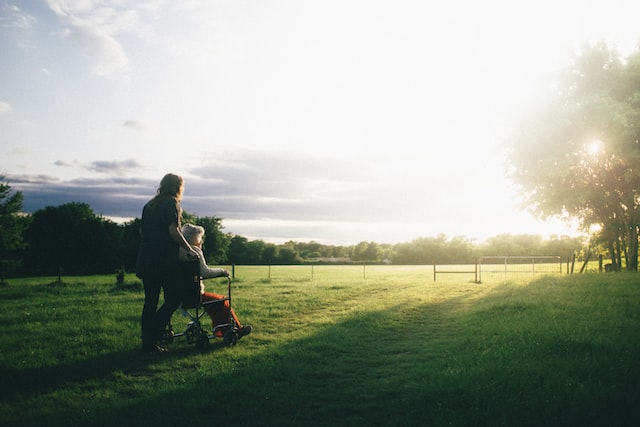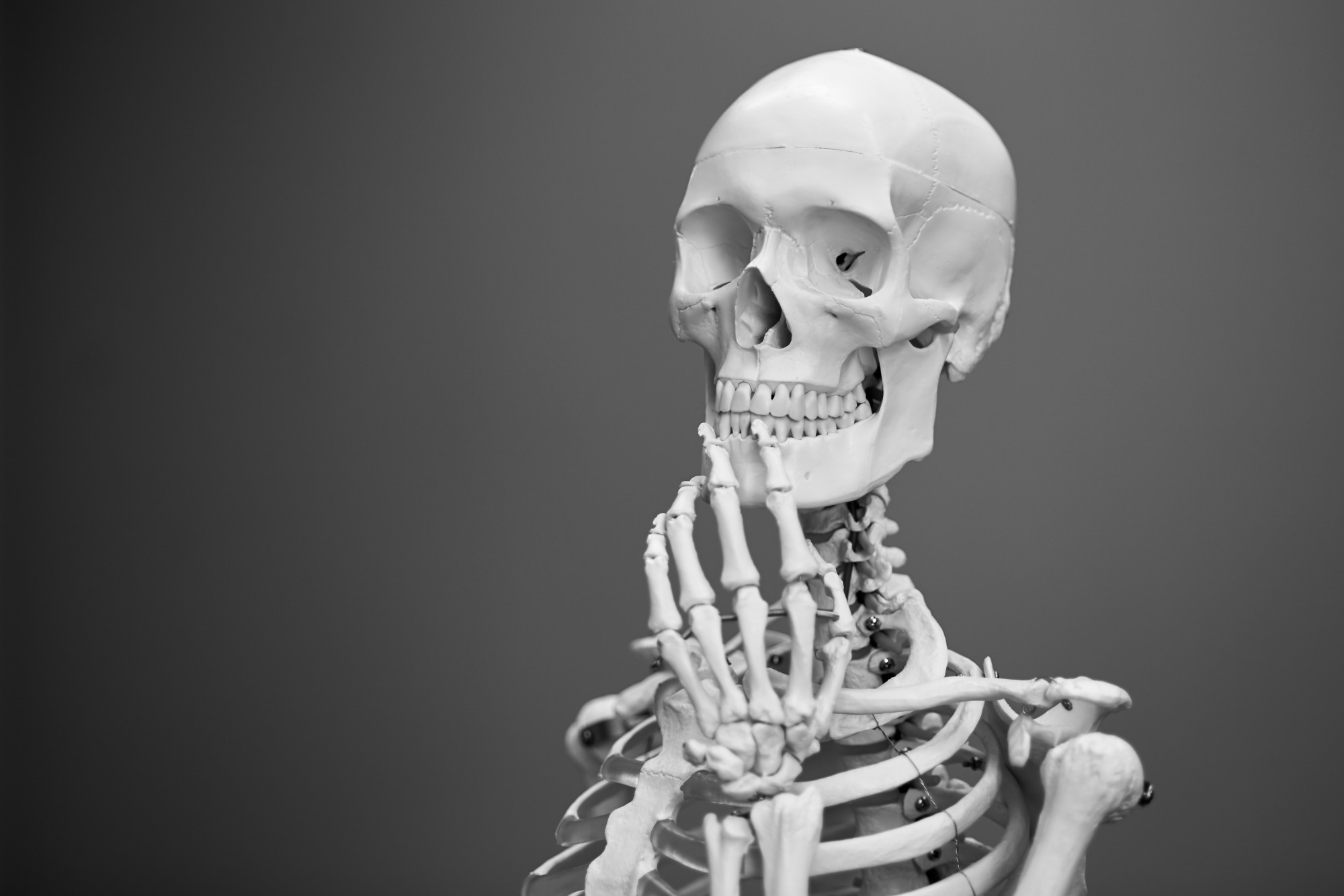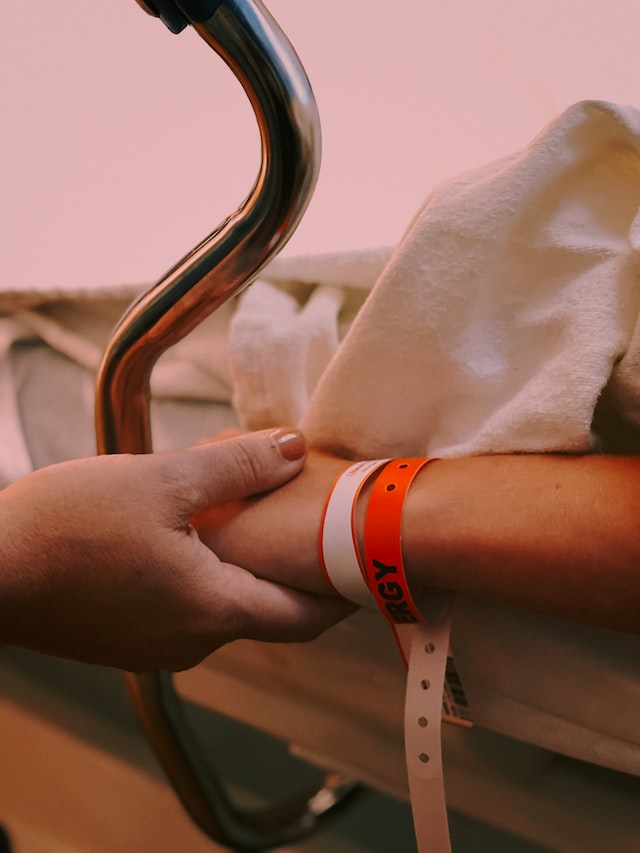Last week we discussed VR and AR and their potential usage in healthcare and today we are going to dive more into a more specialized subject: Post stroke recovery and examples of dedicated rehabilitation devices. The following sections review a few solutions used in rehabilitation of stroke survivors helping them recover their neuromotor deficiencies.
MOTIVATION
Every two seconds someone somewhere in the world is having a stroke and every 10 seconds a life is claimed where 80% of all the people that suffered a stroke are from low and mid-income countries. Stroke survivors often remain incapacitated due to the lack of oxygen and nutrients for the affected brain area. An obstruction that lasts even a few minutes can damage the neurons and therefore they die. The functions that were handled by these neurons are affected and the neuromotor disabilities have the biggest incidence. Thanks to the neuroplasticity of the brain the functions that were executed by the affected neurons can be relearned and their function can be taken over by other healthy neurons from vicinity.
Neuromotor disabilities can significantly affect a person’s life, especially the activities of daily living (ADL) like eating or washing. This can downgrade one’s quality of life as the rehabilitation process is focused on long term kinesiotherapy.

The kineto-therapeutic support (classical therapy) is limited due to two factors: the long-time sessions (up to 5 hours per day) and the growing number of affected persons. The number of specialized personnel is not growing at the same pace and as a result fewer rehabilitation sessions can be applied to each patient.
The Simulation hypothesis indicates that to relearn a particular movement one has to visualize the movement either on its own or as an observation due to the strong connection between the motor and cognitive brain mechanisms. Basically, the patient can start the rehabilitation very early even if he or she just observes certain movements as an example to someone else.
Moving forward we go over a list of rehabilitation devices and they contain complex technologies such as FES (Functional Electrical Stimulation) and robotics. The review is continued with an analysis of the software solutions used in rehabilitation.
REHABILITATION DEVICES
In rehabilitation, there are a significant number of eLearning solutions that can be used complementary with the classical therapy, based on kinesiotherapy. The solutions contain complex technologies such as FES, NMES (Neuromuscular Electrical Stimulation), EMG (Electromyography), BCI and robotics.
Various products that target the patient’s rehabilitation are available on the market and in this paper there is a detailed list with more than 100 devices used for upper limb rehabilitation. They are classified based on the following criteria:
a. The joint system they support.
b. The device’s DOF (Degree of Freedom). This is represented by a sum of all independent movements performed by the joints of the device.
c. The supported movements types, such as: adduction/abduction, flexion/extension, pronation/supination, grip and release, horizontal and vertical displacement, etc. Also, the movements can be active or passive (with or without external help to execute a certain movement).
d. The patient’s health condition as neuromotor rehabilitation solutions can be used for certain conditions such as: stroke, cerebral palsy, essential tremor, multiple sclerosis, primal cord injuries and traumatic brain injury.

In the following, a few devices of interest are shortly described.
MusicGlove
MusicGlove is a rehabilitation device that aims to improve the hand function for stroke survivors and other neuromotor disabilities. The device is connected to a computer that displays a music environment similar to the games. In the respective application the subjects should follow the musical notes that appear on the screen making certain moves. These types of exercises are helping the subject improve the hand function after a neuromotor disability. The benefits of using MusicGlove devices are supported by a clinical study with patients who suffered a stroke. In that study 12 patients were diagnosed with mild chronic hemiparesis. They were randomly selected to use the MusicGlove device at the same time with conventional therapy. Each selected patient used the device for 6 sessions of one-hour length, three times per week for 2 weeks. At the end of the study it was shown that the object grip movement of the selected subjects improved with a higher rate than traditional therapy.
MIT-Manus and InMotion ARM
The InMotion ARM device represents a clinical version of the MIT-Manus robot. In the overall description it is mentioned that its usage can establish an efficient, personalized therapy for patients with neuromotor disabilities. One of the reasons mentioned was because the device is based on intelligent, interactive technology which is able to adapt itself to each patient’s capacity. InMotion covers multiple rehabilitation solutions, such as:
a. For upper limbs: InMotion ARM Therapy System, InMotion WRIST Interactive Therapy System and InMotion HAND.
b. For lower limbs: Anklebot InMotion ANKLE Exoskeletal Robot and InMotion Exoskeletal Arm Robot.
Armeo
This solution uses a virtual scenario incorporated with a gravitational compensation system for the therapy for upper extremities with self-initiated and functional treatment. The included exercises are provided into a game-like setup which helps the patients to improve their motor abilities and real-time performance through the augmented performance feedback. In a study that involved stroke patients with mild to severe hemiparesis, the patients manifested their preference for this rehabilitation solution versus the classical therapy.
The gravity-supported arm exercises can improve arm movement ability with a brief 1:1 assistance from a therapist (~ 4 minutes per session). This solution contains a 3-dimensional weight support, instant visual movement feedback, simple game-like environment and the results of this type of therapy were noticed even at the 6 months follow-up check-up.
Four distinct products are included in the Armeo therapy concept: Armeo Power, Armeo Spring, Armeo Spring Pediatric and Armeo Boom and each of them are specially conceived for a certain stage of the recovery process, with one exception the Armeo Spring Pediatric which is designed to cover children rehabilitation cases.
Bi-Manu-Track
Bi-Manu-Track is a robotic device with 2 DOF designed for the wrist and forearm region and works on the principle of bilateral training. According to this paper, the device permits a DOF for the pronation and supination of the forearm. When utilized in vertical position the device permits a DOF for dorsiflexion/volar flexion of wrist. The device is connected to a visual display that shows the number of effectuated cycles and a computer that collects the data and controls the motors. Bi-Manu-Track can be used in 3 modes:
- Passive, where the robot assists both upper limbs.
- Active-Passive, where the movements are effectuated in mirror mode initiated by the less affected limb.
- Active-Active, where both upper limbs initiate the movement.
Bi-Manu-Track impact was measured in a study where it was found that the greater number of repetitions and the bilateral approach could have positively impacted the upper limb motor control and power compared with other techniques based on ES (Electrical Stimulation).
PowerGrip
The PowerGrip device is an EPPO (Electric Powered Prehension Orthosis) that is helpful for picking up, grasping, holding and manipulating objects. PowerGrip uses switches or sEMG (surface electromyography) signals to control the input of the device. The newer versions use myoelectric sensors that are placed on one or two functional muscles.

REVIEW
Today we learned about 5 rehabilitation devices used in stroke recovery and their common elements like:
- The usage of an interactive virtual environment, as seen in the MusicGlove and Armeo case. However, in these cases the virtual environment is displayed on a computer monitor.
- The existence of personalized treatment related to a patient’s health condition for an appropriate recovery plan.
- The possibility to effectuate a high number of repetitions for a faster recovery
Also we learned about various limbs movements important in the neuromotor rehabilitation like: abduction, flexion/extension and pronation/supination. The initial prototypes of Corporis were covering this type of elements as well and multiple elements that are aiding in identifying and learning this type of movements are captured in the current versions of the Corporis application. In this regard Corporis contains graphical elements for various orientation data like:
- Axes: Longitudinal, anteroposterior and transverse axes
- Cardinal Planes: Frontal, Transversal, Sagittal planes
- Orientation terms like: Distal/Proximal, Medial/Lateral, Anterior/Posterior and Cranial/Caudal

Check it out on Google Play to see more about them and to learn more about how to identify various orientation elements that are a base for neuromotor rehabilitation exercises.
Please let us know if you enjoyed this article and if there are other items you would like to know more about.
All the best!

